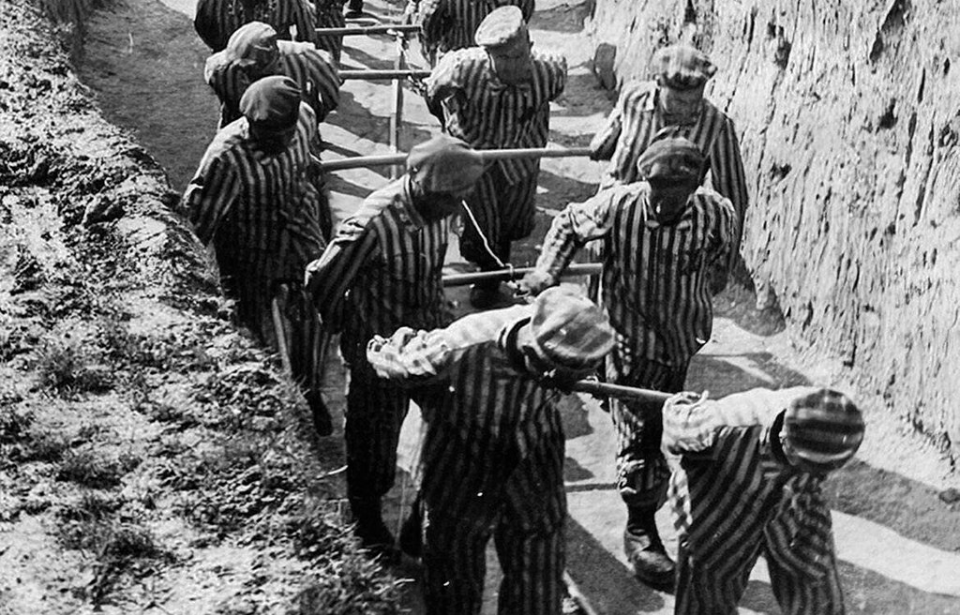Nestled in the picturesque landscape of Austria, the remnants of Mauthausen concentration camp are a somber testament to one of the darkest chapters of the Second World War. Established by 1938, the camp became a symbol of terror and human suffering, witnessing the deaths of tens of thousands of prisoners before being liberated by the Allies in 1945.
More than 80 years later, Mauthausen’s legacy, steeped in the pain and the perseverance of those imprisoned there, continues to resonate today.
Establishment of Mauthausen concentration camp
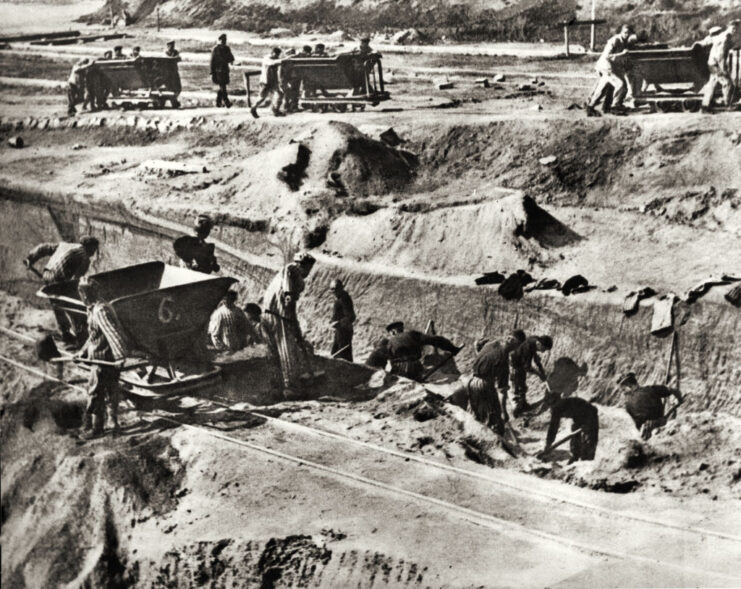
In the wake of Austria’s annexation in March 1938 (the Anschluss), the establishment of Mauthausen concentration camp marked a grim milestone in the escalation of the Germans’ campaign against those the Führer deemed “unworthy.” Situated along the Danube, near the “Wiener Graben” quarry, it was initially conceived as a labor camp for the purpose of re-education through hard labor, with the first prisoners arriving from Dachau concentration camp that August.
The camp’s population burgeoned with an influx of political prisoners, prisoners of war (POWs), religious conscientious objectors and other groups targeted by the regime’s policies of persecution – in particular, those considered “antisocial” and “criminal.” The fall of France in 1940 saw a notable influx in prisoners sent to the camp, with many Spanish Republicans from the Civil War being transported there by the Vichy French.
This makeshift community found themselves thrust into a nightmare of exploitation, and the establishment of Mauthausen laid the groundwork for a complex system of sub-camps and external commands that extended its reach of terror. The first of the external camps, the Gusen branch camp, opened in 1940. A year later, a gas chamber was erected. By the end of the conflict, the number of sub-camps neared 50, with women and children also being held on the premises.
Harsh conditions at Mauthausen concentration camp
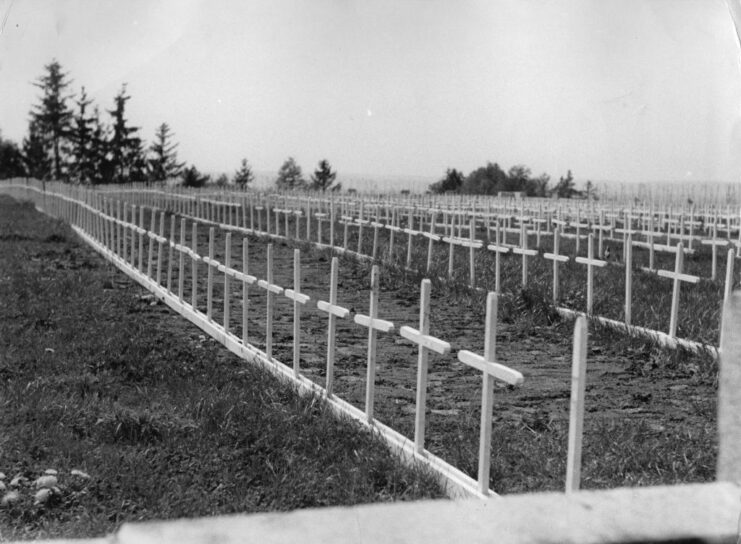
A person’s survival at Mauthausen concentration camp depended on which area they were held. The main camp and Gusen had the highest mortality rates and the harshest conditions, meaning those who arrived unwell or weak were basically walking into a guaranteed death sentence.
More and more, Mauthausen was one of the primary camps where forced labor was used to fuel the German war machine, which led to the construction of additional sub-camps to accommodate all the new prisoners being sent there. While conditions were slightly improved to ensure this labor could be completed, things quickly reverted back to how they’d used to be when they began working in underground factories following the increase in Allied air raids.
As with other concentration camps run by the Germans, various extermination methods were used to push forward the Führer‘s “Final Solution.” The aforementioned gas chamber could hold 80 people at any one time and used Zyklon B to kill, and a mobile gas van was brought in for the same purpose.
Inhumane medical procedures also took place, with many prisoners dying from the treatment they received at the hands of camp physician Hermann Richter. Executions by the SS were also commonplace, with shooting and hanging being the favored methods of those involved, along with “parachute jumps” – throwing prisoners off a cliff, into the lake below.
‘Stairway of Death’
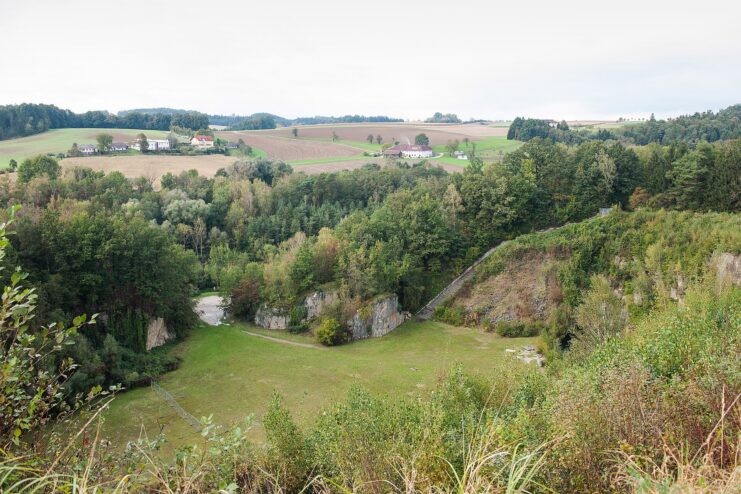
Prior to Mauthausen concentration camp opening, the SS created German Earth and Stone Works, Inc., with the intent of using forced labor to work the granite quarry near the site. The work day for the prisoners was long, with them forced to work 11 hours daily during the summer months and upwards of nine hours in the winter. Working with the quarry’s rock was also very difficult, especially given the workers’ advanced malnutrition and disease.
At the heart of Mauthausen’s regime of terror was this stone quarry, infamous for the 186 steps known as the “Stairway of Death” (the Todesstiege). Prisoners, burdened with heavy stones, faced the Herculean task of ascending these steps, a cruel ordeal that led to untold suffering and loss of life.
Resistance efforts by prisoners
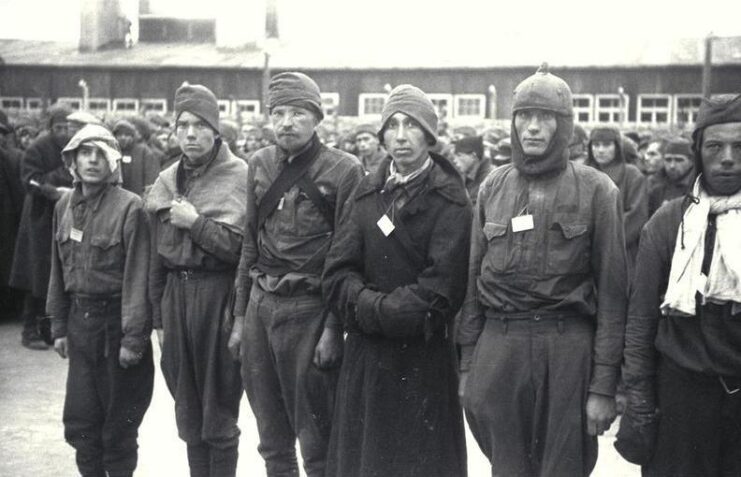
As with similar sites, a strong Resistance movement ran through Mauthausen concentration camp, with those healthy enough to do so running covert operations within the prison’s walls. Spanish Republicans were the ones primarily involved in these efforts, going so far as to steal arms from those in charge of guarding the camp.
Self-help movements also popped up within Mauthausen, with these groups typically falling along nationality lines. That being said, those who considered themselves Communists did band together.
Liberation of Mauthausen concentration camp
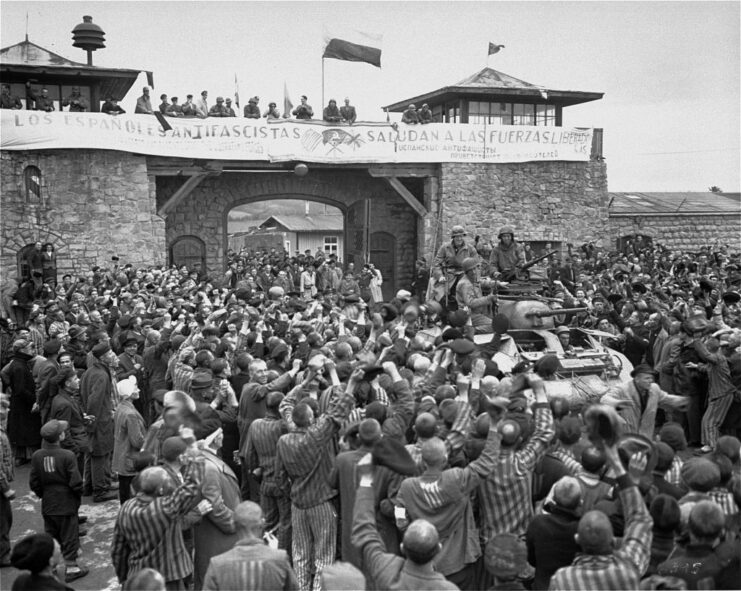
In the final months of the Second World War, Mauthausen concentration camp saw an influx in prisoners from other camps. As the Allies made their push across Europe, the Germans were doing all they could to move people around, meaning that the ones still in operation became overcrowded. Given the amount of people and their ill-health, disease soon ran rampant, leading many to perish before the Allies reached Mauthausen.
On May 3, 1945, the SS abandoned the camp, aware of the impending arrival of the Allies. Mauthausen’s liberation by the US Army came two days later, and it was a key moment in the history of the camp and the wider story of World War II. The scenes encountered exposed the extent of the horrors perpetrated within.
It’s estimated that, of the over 197,000 individuals sent to Mauthausen during the conflict, around 90,000-95,000 lost their lives. Of the overall total, 14,000 were Jewish.
In the aftermath of the liberation, the world grappled with the revelations of the camp’s atrocities and those that occurred at other sites in Europe. The subsequent trials and convictions of 61 key figures involved Mauthausen’s operation (58 received death sentences and the other three were sentenced to life imprisonment) were necessary steps to holding the perpetrators accountable.
Preserving the memory of those who suffered

In 1949, Mauthausen concentration camp was named a national memorial site, with the Mauthausen Museum opening in ’75 – 30 years after it was liberated. While the primary structure remains standing, those of the sub-camps have largely been demolished and replaced by residential buildings.
More from us: ‘Female Schindler’ Diana Budisavljević Saved 7,700 Children During World War II
Through its exhibitions, educational programs and commemorative events, the Mauthausen Museum seeks to educate future generations about the horrors of the Holocaust and the Second World War; its preservation is a sign of just how important the continued education and reminders of the conflict are to ensure they never happen again.
